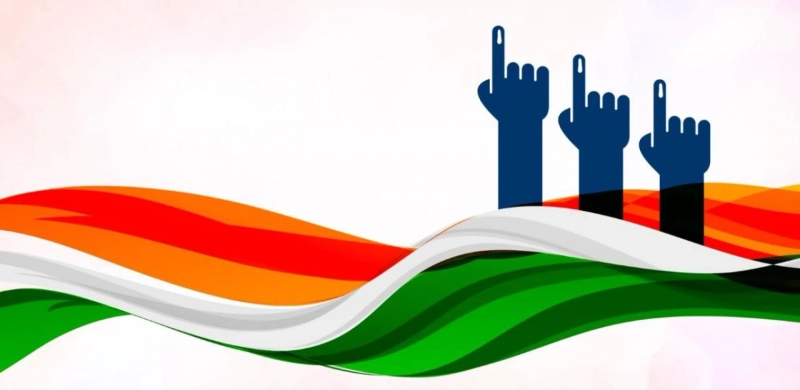India, a nation known for its diversity and democratic values, has been mulling over the concept of "One Nation, One Election" in recent years. This ambitious idea seeks to synchronize the timing of various elections held at different levels of government across the country, aiming to streamline the electoral process and reduce its frequency.
The primary motivation behind this proposal is to enhance governance efficiency and minimize the disruptions caused by frequent elections. India conducts elections at various levels, including national, state, and local elections. With elections happening at different times, it can be challenging for the government to focus on its primary duties and development initiatives due to the perpetual election cycle. Furthermore, elections can be costly affairs, consuming significant resources and funds, which could be allocated to other critical sectors.
Advocates of "One Nation, One Election" argue that synchronizing elections could lead to several advantages:
Reduced Expenditure: Combining multiple elections into a single event would substantially reduce the financial burden on both the government and political parties, allowing for more cost-effective campaigns.
Greater Voter Participation: Continuous elections can lead to voter fatigue, resulting in lower voter turnout. Synchronized elections might rekindle the interest of the electorate and encourage higher participation.
Enhanced Governance: Uninterrupted periods of governance without elections could provide elected officials with a more extended period to work on developmental projects and policies.
Ease of Administration: Election logistics and administration can be resource-intensive and disruptive. With a single election date, the administrative burden would be reduced.
However, the concept of "One Nation, One Election" is not without its challenges:
Constitutional Complexities: India's diverse federal system requires careful consideration of the constitutional implications of synchronizing elections. Coordinating with states and ensuring their consent is a complex process.
Political Opposition: Opposition parties argue that synchronizing elections could favor the ruling party, as national-level issues might overshadow state or local concerns, potentially skewing the outcome in favor of larger parties.
Logistical Challenges: The sheer size and diversity of India make organizing a simultaneous election a logistical challenge. Infrastructure, security, and manpower requirements would be substantial.
Legal and Regulatory Hurdles: India has a complex legal framework governing elections, and altering these laws and regulations to facilitate synchronized elections is a complex task.
To address these challenges, the Indian government has been engaging in consultations and discussions with various stakeholders, including state governments and political parties. It's essential to find a consensus that accommodates the concerns of all parties and ensures a fair and transparent electoral process.
"Synchronized Voting: India's Push for One Nation, One Election" represents a significant and transformative idea that aims to reshape India's electoral landscape. Whether it ultimately becomes a reality depends on the ability to overcome the legal, political, and logistical hurdles and strike a balance between the nation's federal structure and the goal of streamlined governance.



